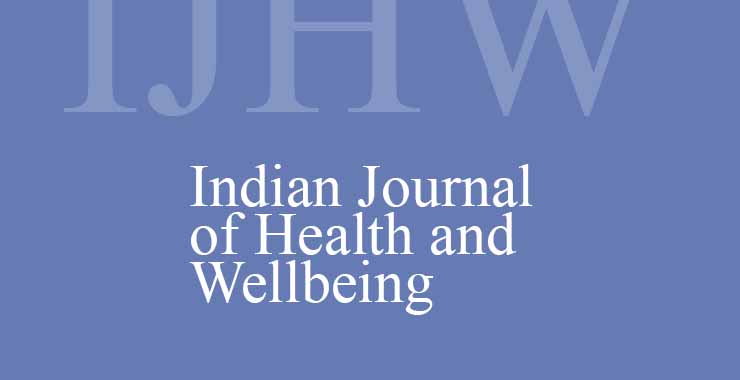Impact of COVID-19 Pandemic on the Mental Health of College Students: A Cross-sectional Study
Original price was: ₹ 201.00.₹ 200.00Current price is: ₹ 200.00.
Page: 274-277
Soma Aditya Bandyopadhyay1 and Shramana Saha2 (Department of Zoology, Sarojini Naidu College for Women, Kolkata, West Bengal1 and Department of Zoology, Banaras Hindu University, Varanasi, Uttar Pradesh2)
Description
Page: 274-277
Soma Aditya Bandyopadhyay1 and Shramana Saha2 (Department of Zoology, Sarojini Naidu College for Women, Kolkata, West Bengal1 and Department of Zoology, Banaras Hindu University, Varanasi, Uttar Pradesh2)
The sudden burst of COVID-19 has created unprecedented overnight challenges across all spheres of life, neither barring the education sector. All educational institutions had come to a sudden halt, thereby entitling the students to unparalleled challenges owing to a radical shift from offline to online classes in the wake of the outbreak of Corona-virus. The imposition of confinement within the four walls for a prolonged period paved the way for the onset of mental disorders among the students, in particular, countrywide. The survey conducted during the pandemic period (November 2020 to December 2020), aims to inspect the stress responses and the vulnerability to depressive episodes among the student community. The web-based survey encompassed 416 college-going students, who were assessed on the basis of a poll – Google Form generated standardized e- questionnaire, addressing all the 21 points of DASS21 (Depression Anxiety & Stress Scale) (Tran et al., 2013) to investigate their mental health status. The study population consisted of randomly picked candidates (18-20 years age group) across myriad disciplines. The poll results implied that 12% of the candidates were battling with severe depression while 20% of the sample pool was under constant stress exposure. Out of the 416 students, 288 (69%) attributed the COVID-19 outbreak as the preliminary cause of feelings of stress and anxiety. The survey questionnaire revealed multiple stressors that complemented each other to exaggerate the levels of anxious and depressive behaviours among students including tension associated with their health and their loved ones (104/416, 25%), attention deficiency (58/416, 14%), disrupted sleep-wake cycles (50/416, 12%), redundancy in interactions due to restrictions imposed by social distancing (29/416, 7%), disturbed eating practices (63/416, 15%). With the prevalence and levels of depressive symptoms remaining unaltered and anxiety and stress levels shooting up, the addressal and mitigation of the adversaries of the pandemic on the student population becomes indispensable.

